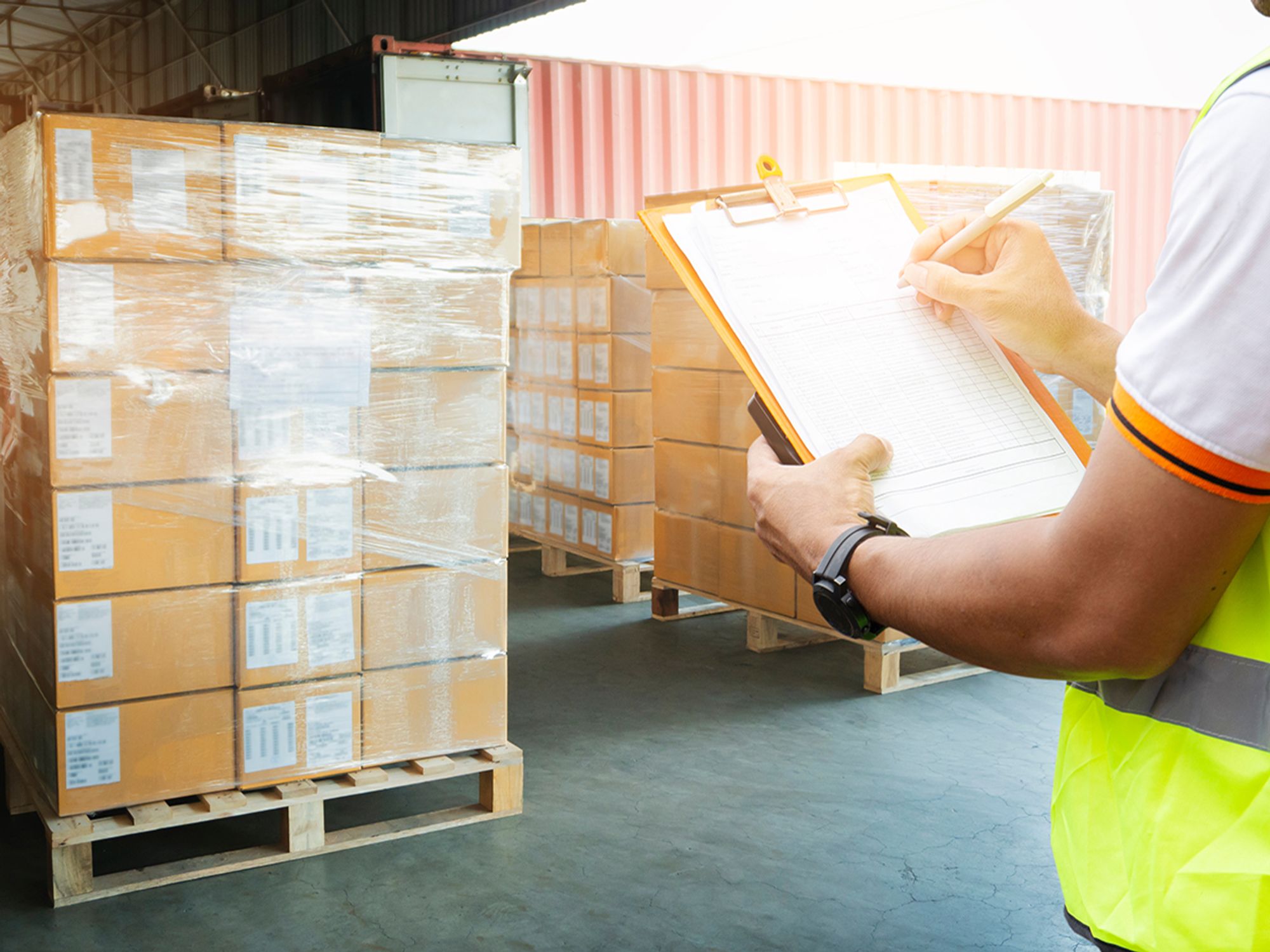IATA documentation requirements

- Detailed information about the dangerous goods to be shipped must accompany each shipment.
- This information must be included in two documents: the Shipper’s Declaration of Dangerous Goods and the air waybill.
When dangerous goods are shipped via air, the International Air Transport Association (IATA) Dangerous Goods Regulations (DGR) require that detailed information about the shipment must accompany the dangerous goods. There are two types of documentation required for an air shipment: the “Shipper’s Declaration of Dangerous Goods” (Shipper’s Declaration) and the air waybill. Each document has specific requirements, but the Shipper’s Declaration is the primary document for providing details on the dangerous goods shipment.
The Shipper’s Declaration can be provided:
- Electronically via electronic data processing (EDP) or electronic data interchange (EDI), if an agreement exists with the operator (carrier/airline); or
- By a “Shipper’s Declaration of Dangerous Goods” form.
Regardless of the method used, all required information must be provided.
Shippers have documentation requirements under the IATA DGR. The shipper is responsible for providing dangerous goods information to the operator (carrier/airline) as stated in the IATA DGR Section 8. Shippers must ensure the information provided on the forms is accurate and legible, and signed when provided to the operator at the time of shipment.
